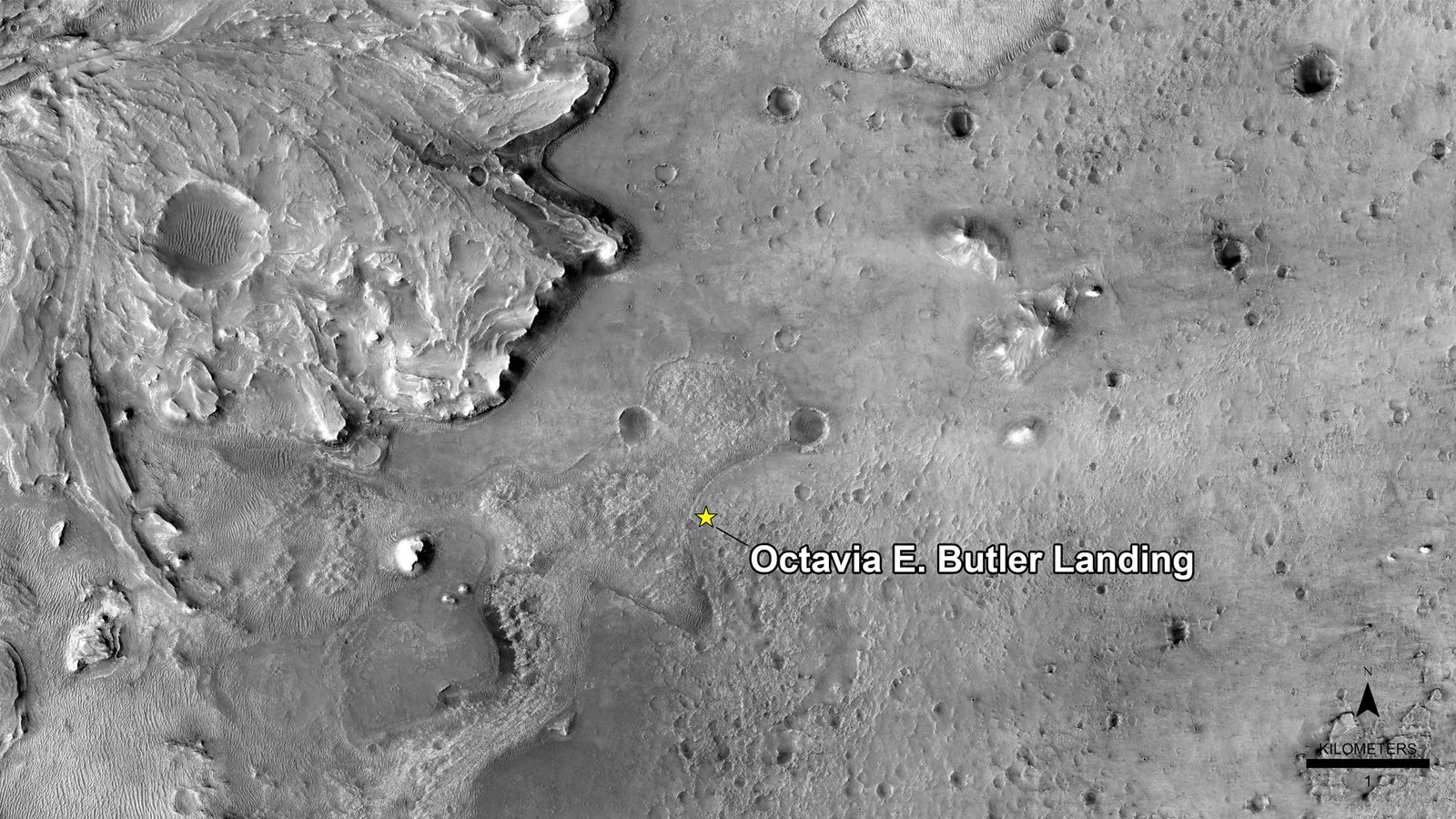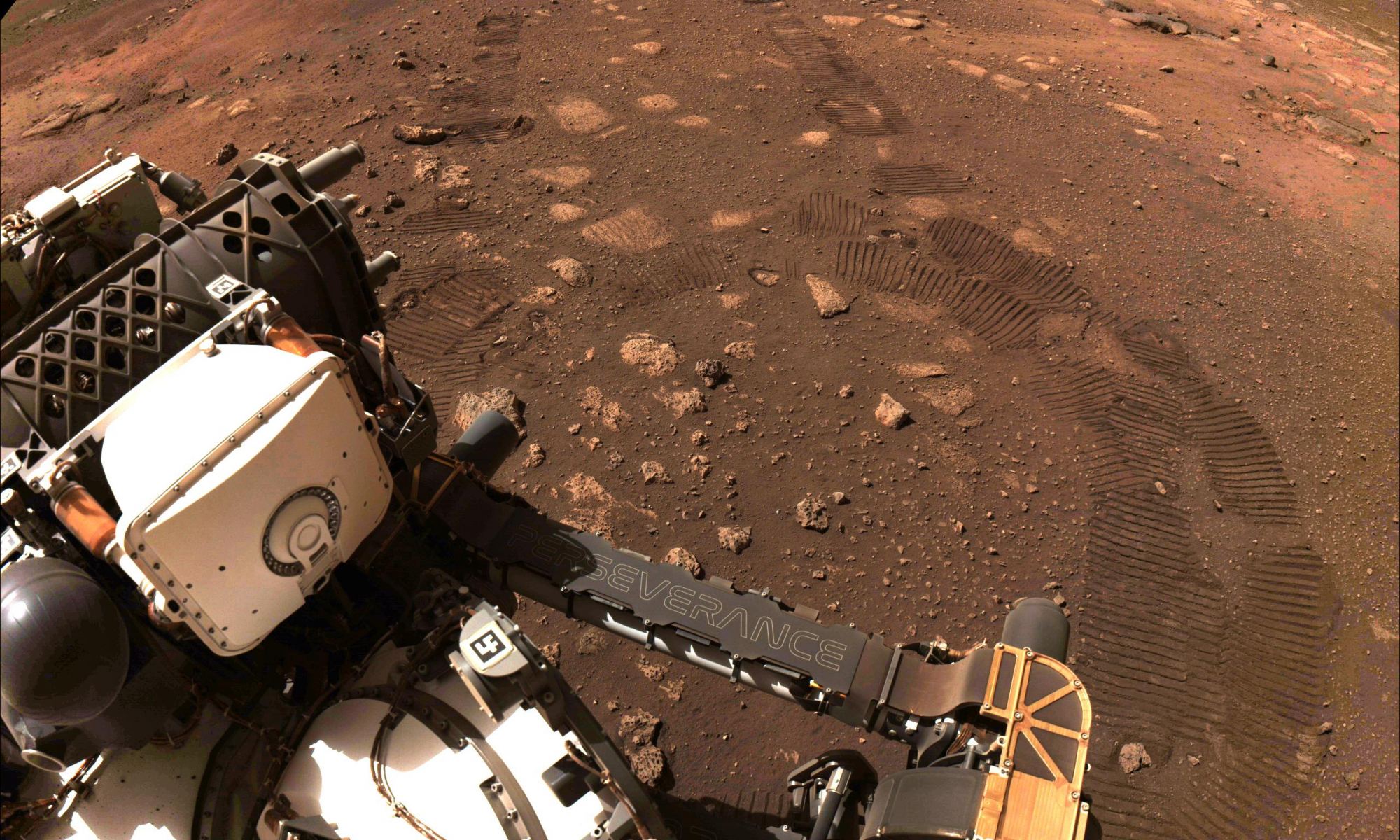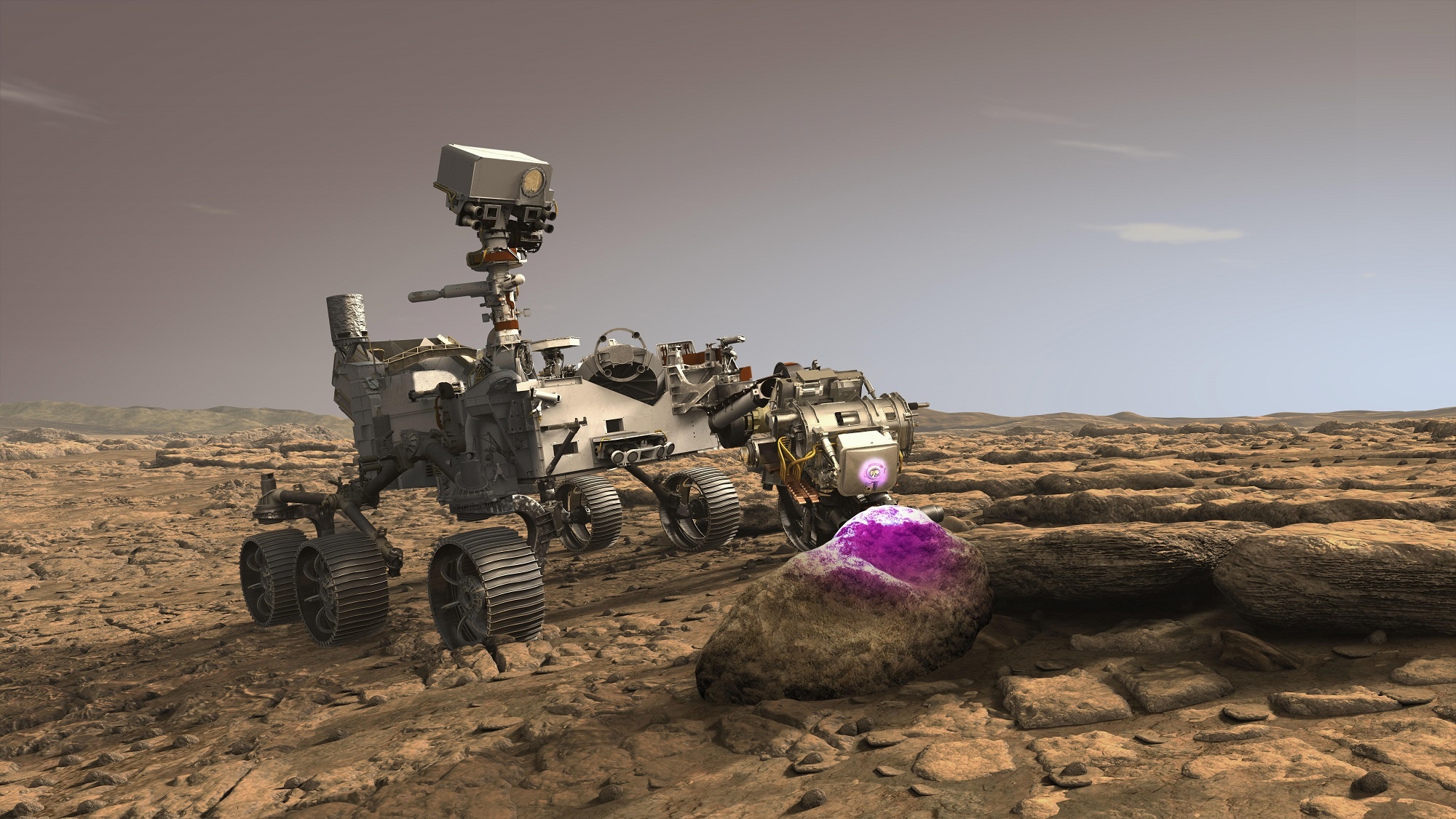Perseverance has been busy lately. After testing its systems out, taking the first sound recording ever on the Red Planet, and dropping off its helicopter sidekick, now it has the opportunity to work on its primary mission: stare at some rocks. And occasionally zap them with a laser.
Continue reading “Here’s a Strange Rock That Perseverance Shot With its Laser”Maybe Mars Didn’t Lose its Water After All. It’s Still Trapped on the Planet
Roughly 4 billion years ago, Mars looked a lot different than it does today. For starters, its atmosphere was thicker and warmer, and liquid water flowed across its surface. This included rivers, standing lakes, and even a deep ocean that covered much of the northern hemisphere. Evidence of this warm, watery past has been preserved all over the planet in the form of lakebeds, river valleys, and river deltas.
For some time, scientists have been trying to answer a simple question: where did all that water go? Did it escape into space after Mars lost its atmosphere, or retreat somewhere? According to new research from Caltech and the NASA Jet Propulsion Laboratory (JPL), between 30% and 90% of Mars’ water went underground. These findings contradict the widely-accepted theory that Mars lost its water to space over the course of eons.
Continue reading “Maybe Mars Didn’t Lose its Water After All. It’s Still Trapped on the Planet”Perseverance Begins its Science on Mars With a Laser zap
Perseverance has already made its mark on scientific history by taking the first audio recording ever on Mars. But the instrument with the microphone, known as the SuperCam, wasn’t done there. It has plenty of other science to do, and recently it started running through some more preliminary tests. One of those tests happened to involve blasting a rock with a laser – while taking an audio recording of it.
Continue reading “Perseverance Begins its Science on Mars With a Laser zap”More Audio from Perseverance: the Crunch of its Wheels on the Martian Regolith

In absence of (yet) being able to step foot on Mars, we have robotic vicarious experiences through our rovers including Perseverance which landed this past February 18th. In addition to photos we’ve collected from the surface over the decades, our ever-improving data connection to Mars made it possible to see video from Perseverance’s landing. That dramatic unfurl of the parachute and dust spray of the landing thrusters – astonishing! I’m not ashamed to admit I cried. Through Perseverance we’re also experiencing Mars exploration with another sense – SOUND! Sound from another planet!! Using Perseverance’s Entry, Descent, and Landing Microphone (EDL Mic) we recently recorded audio of Perseverance’s wheels rolling across the Martian regolith (broken rocks and dust or “soil”). The audio segment below is an edited portion of sound highlights from a longer 16 minute raw audio file.
C. NASA/JPL-Caltech
Perseverance’s Landing Site Named for Octavia Butler
On March 4th, 2021, the Perseverance rover began driving from its landing site on Mars. During this drive, the rover covered 6.5 meters (21.3 feet) and conducted some basic maneuvers and instrument tests. In keeping with a NASA tradition where mission controllers give unofficial nicknames to various geological features, the team also consecrated the landing site by naming it after a famous science fiction author.
Henceforth, the site where Perseverance landed will be known as the “Octavia E. Butler Landing,” in honor of the groundbreaking science fiction author who passed away in 2006 (she was 59 years old). Butler is renowned for being the first African-American woman to win both the Hugo and Nebula Award and was the first science fiction author honored with a MacArthur Fellowship (in 1995).
Continue reading “Perseverance’s Landing Site Named for Octavia Butler”Perseverance has Started Driving on Mars
On February 18th, 2021, NASA’s Perseverance rover landed in the Jezero Crater on Mars. Over the next two years of its primary mission, this robotic mission will carry on in the search for past life on Mars, obtaining soil and rock drill samples that will be returned to Earth someday for analysis. And as of March 4th, the rover conducted its first drive, covering 6.5 meters (21.3 feet) across the Martian landscape.
Continue reading “Perseverance has Started Driving on Mars”Perseverance’s Landing Seen in Full Color, Thanks to Citizen Science
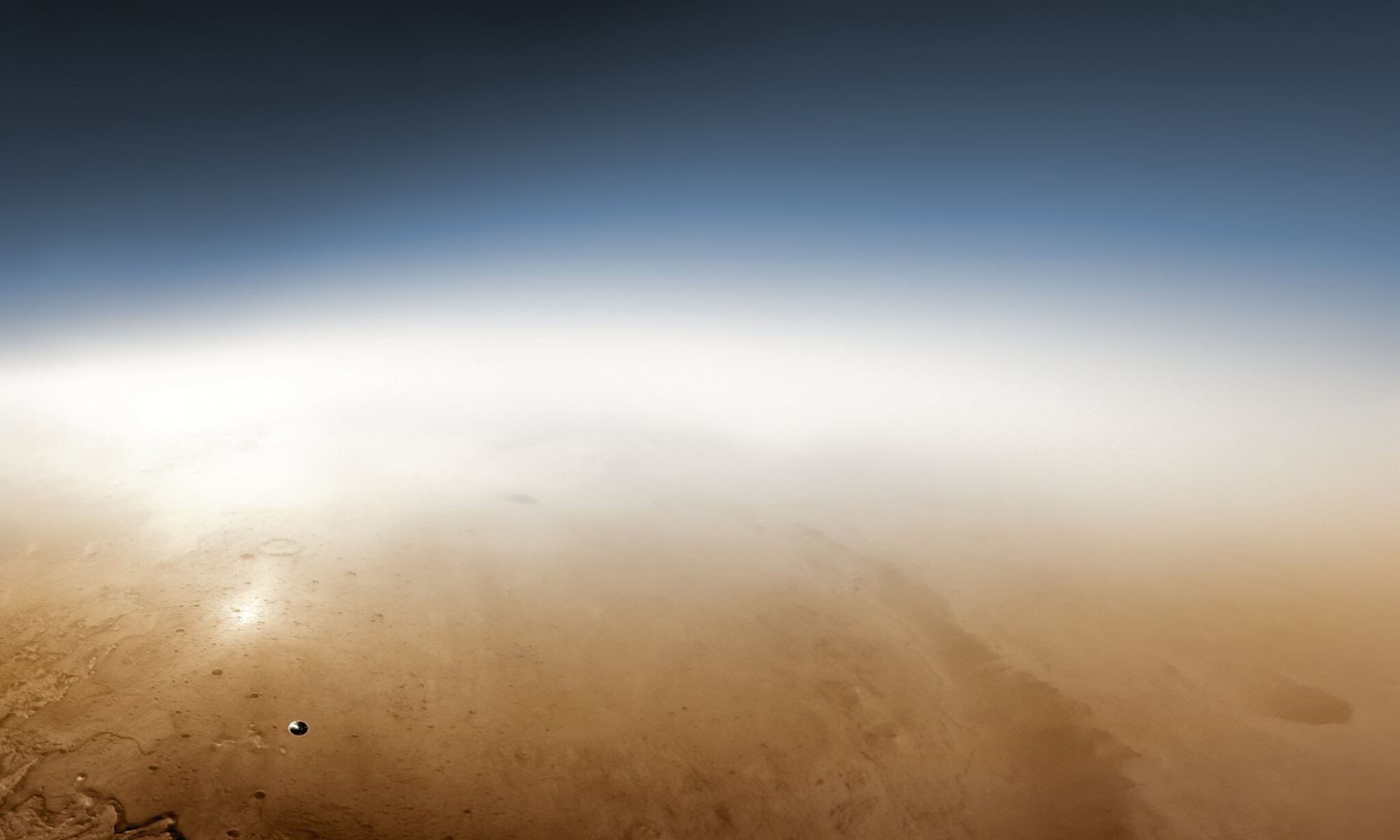
A month on, we’re all still buzzing about the Perseverance rover’s perfect landing in Jezero Crater on Mars, back on February 18, 2021. Over the past few weeks, NASA has released more stunning imagery and footage of the landing, and since then the world-wide cadre of citizen scientists and image editing enthusiasts have been springing into action to enhance and augment all the incredible scenes captured by Perseverance’s collection of high-resolution cameras.
Continue reading “Perseverance’s Landing Seen in Full Color, Thanks to Citizen Science”What Happens if Perseverance Finds Life on Mars?
It all happened so fast! On Thursday, February 18th, NASA’s Perseverance rover set landed in the Jezero crater on Mars and almost immediately transmitted its first image of the Martian. This was followed by photos from the Mars Reconnaissance Orbiter and footage taken by the rover’s Entry, Descent, and Landing (EDL). Then there was the panoramic video, a sound recording, and deployed its Ingenuity helicopter, all in the space of a week!
But that’s nothing compared to what happened next. Shortly after the rover started drilling into the floor of the Jezero crater, Perseverance found evidence of fossilized bacteria! The search for life on Mars finally struck paydirt! Okay, that didn’t happen… Not yet, anyway. But what if it does? After all, one of Perseverance‘s main objectives is to search for evidence of past life on Mars. What will be the impact if and when it finds it?
Continue reading “What Happens if Perseverance Finds Life on Mars?”What a Geologist Sees When They Look at Perseverance’s Landing Site
Geologists love fieldwork. They love getting their specialized hammers and chisels into seams in the rock, exposing unweathered surfaces and teasing out the rock’s secrets. Mars would be the ultimate field trip for many of them, but sadly, that’s not possible.
Instead, we’ve sent the Perseverance rover on the field trip. But if a geologist were along for the ride, what would it look like to them?
Continue reading “What a Geologist Sees When They Look at Perseverance’s Landing Site”There was a Secret Code in the Perseverance Parachute
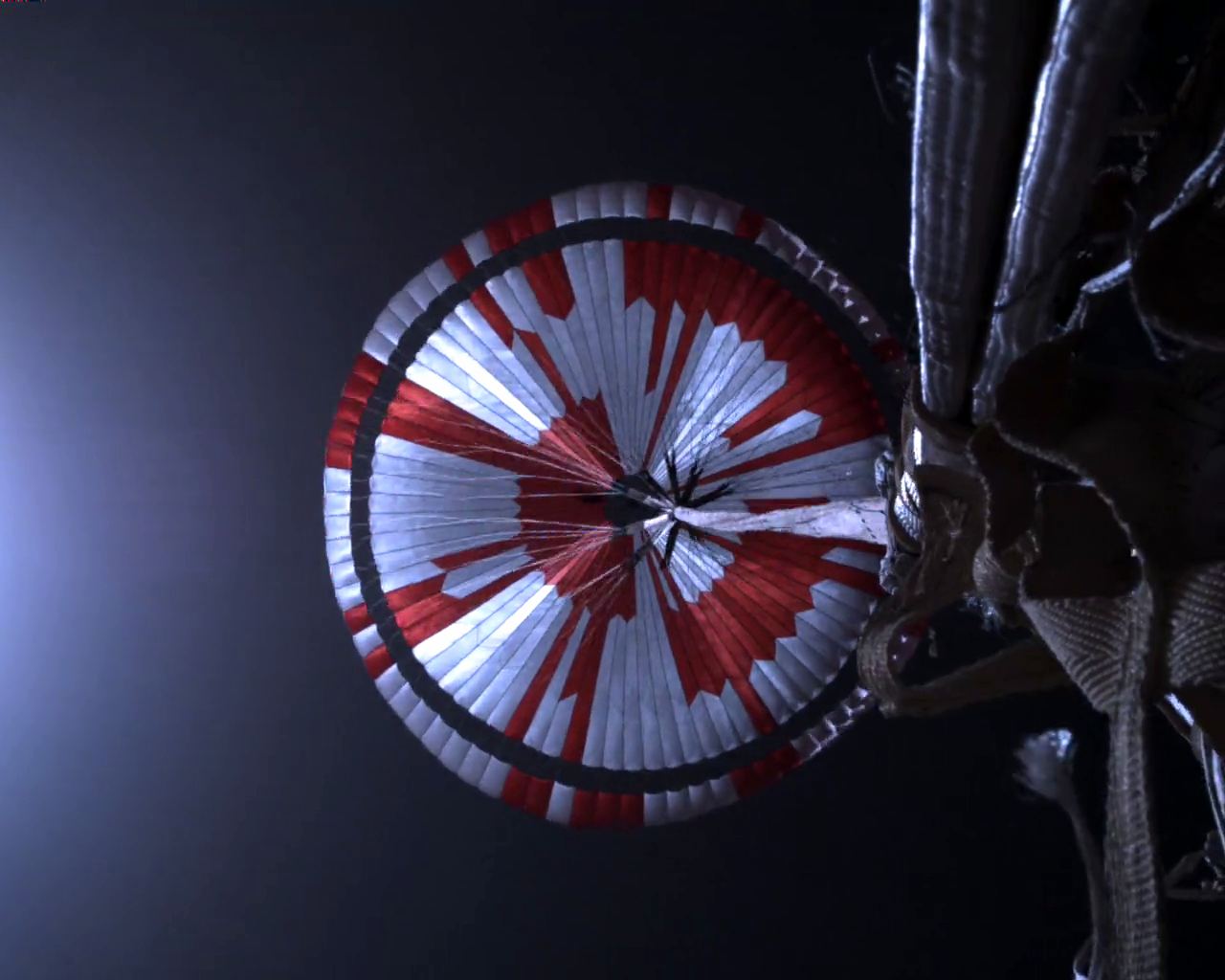
A secret coded message was hidden on the gigantic parachute used to land the Perseverance rover safely on the surface on Mars. And no, it wasn’t a clandestine message to the Martians. It was a message of inspiration for us humans.
But it also came as a challenge.
Continue reading “There was a Secret Code in the Perseverance Parachute”



